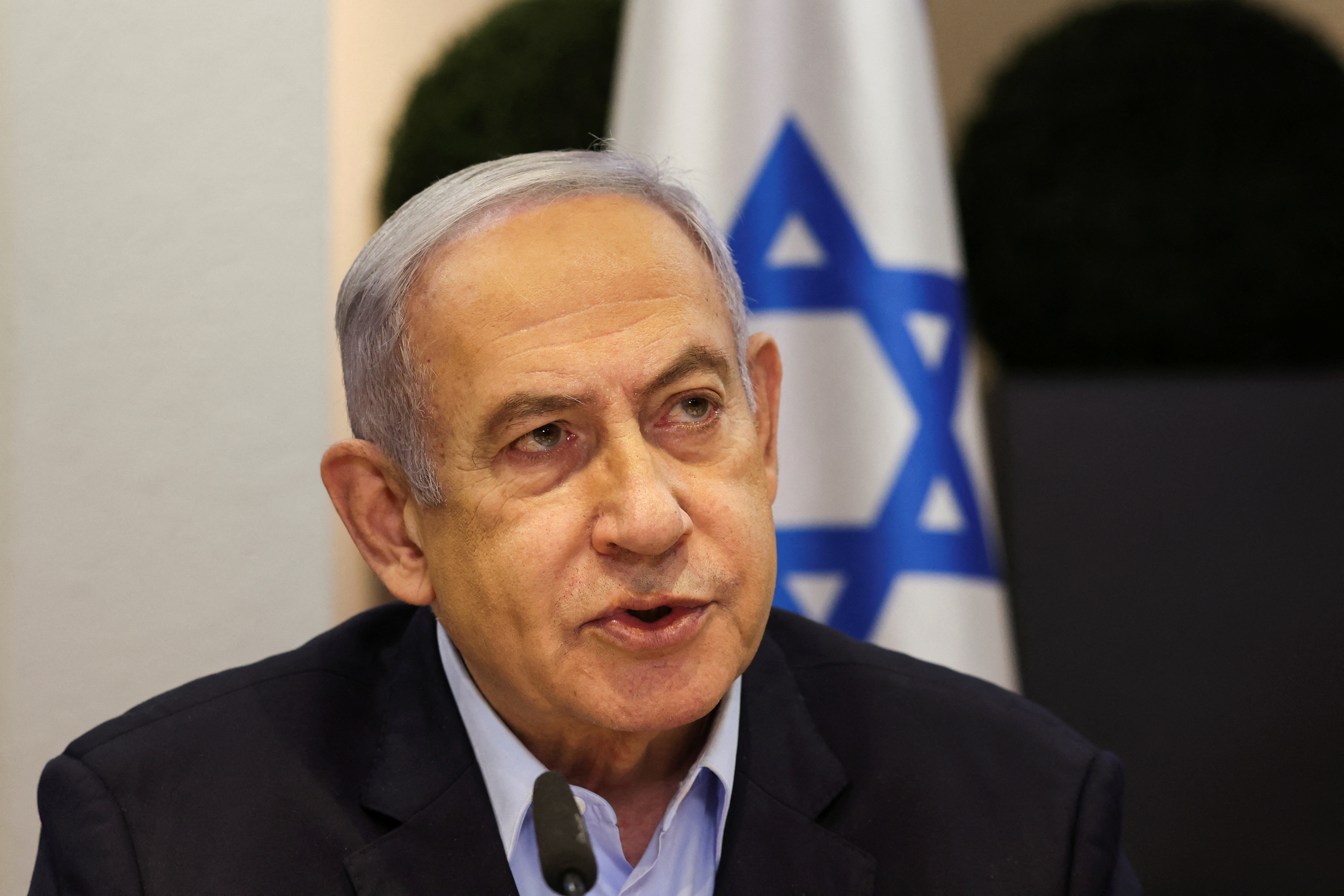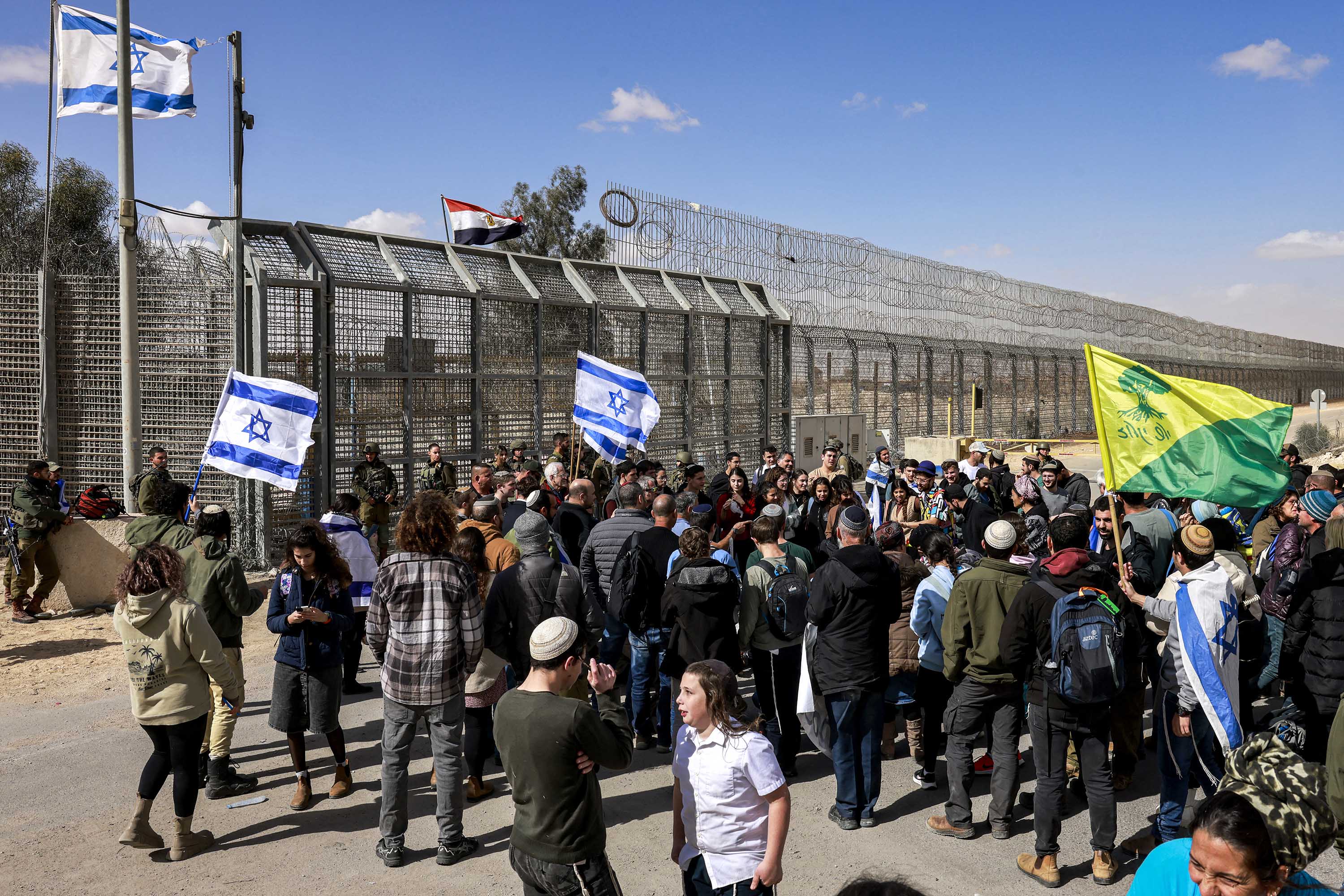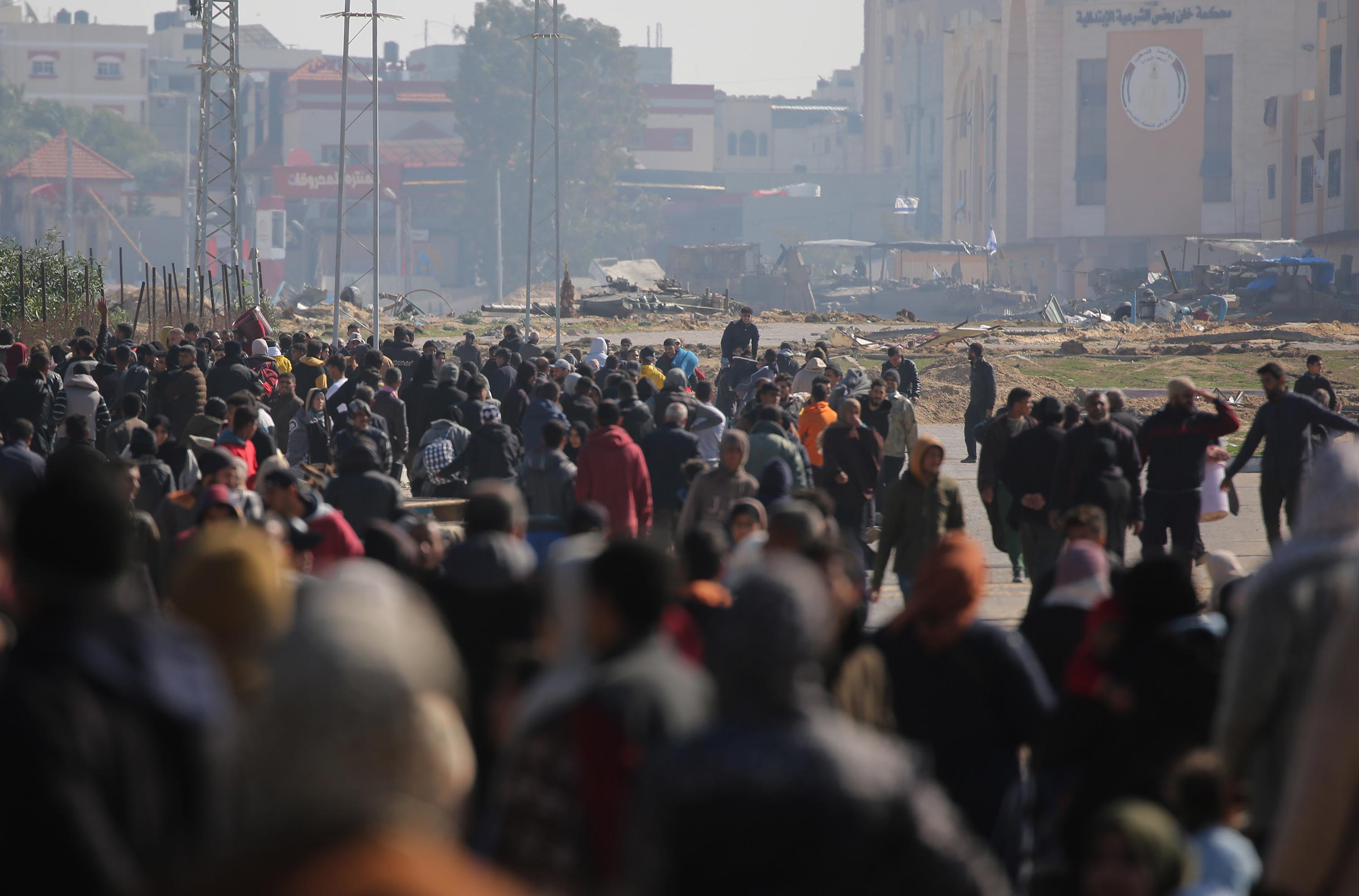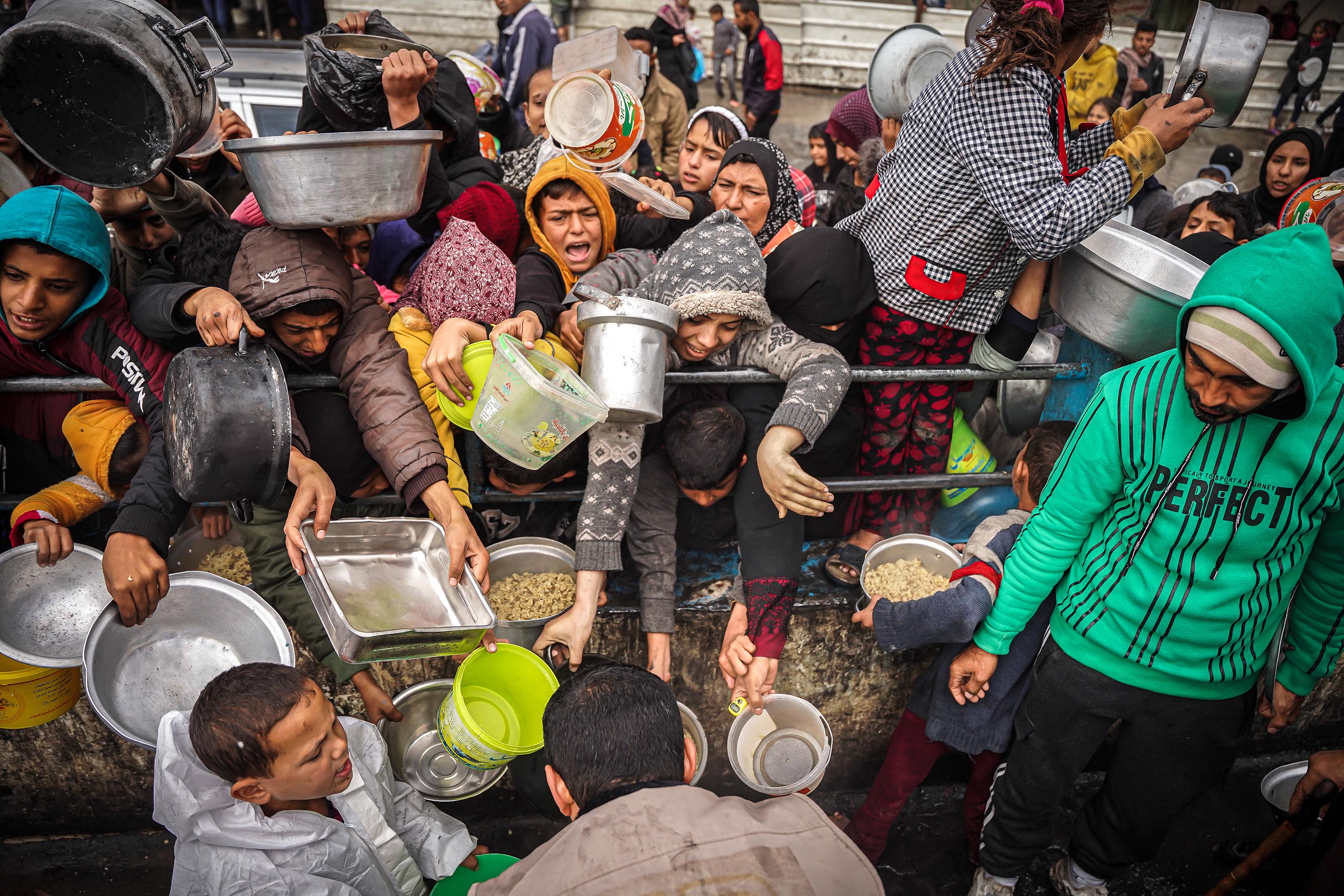
Israeli Prime Minister Benjamin Netanyahu said Tuesday that Israel “will not release thousands of terrorists,” as part of a deal with Hamas, vowing to press on until Israel’s original war aims are achieved.
And he pushed back at Hamas’s main stated aim in any deal, saying Israel would not pull troops out of Gaza.
“I hear statements about all kinds of deals,” he said in an address to Israeli settlers in the occupied West Bank. “So I want to make it clear, we will not end this war with less than the achievement of all its goals. This means, the elimination of Hamas, the return of all our hostages, and the promise that Gaza will no longer pose a threat to Israel.”
Netanyahu said he was committed to “total victory …. And the majority of our nation and we are not going to compromise for less than that.”
The prime minister's comments came as Hamas has said it is studying a proposal for a potential hostage deal and ceasefire but that it wants the complete withdrawal of Israeli forces from Gaza.






